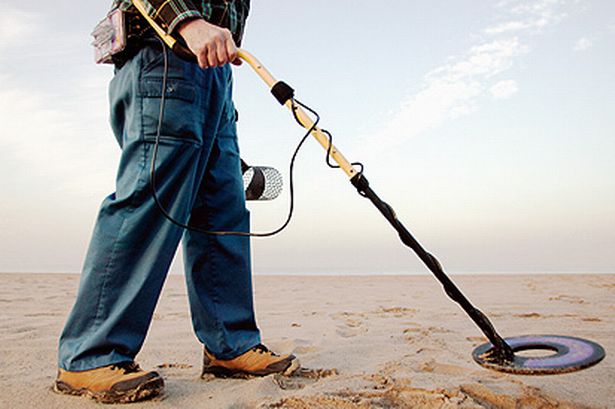
Ground Penetrating Radar can be used for all kinds of applications- even Treasure Hunting!
The professional application of Ground Penetrating Radar is a great tool when cutting, coring, drilling, or digging on a job site, but the practicality of the technology spans beyond construction, utility location and demolition. Metal detection hobbyists also utilize GPR technologies for subsurface imaging needs.
Prospecting, beach combing, and other variations of metal detecting have a history of being a popular pastime in the United States and abroad and still interest many today. While the fundamentals of the activity remain unchanged, the equipment has diversified.
Traditional metal detectors work similarly to the SiteScan utility locating method of Electromagnetic Induction. The transmitter coil at the base of the metal detector creates an invisible electromagnetic field. When this field is exposed to metal, the polarity of the electromagnetic field reverses. The receiver coil senses this opposition and emits a noise indicating the change.
Using GPR in place of traditional metal detectors has proven advantages and is now gaining traction as a common method. While metal detectors can usually only detect objects about 12 inches subsurface, many GPR devices can detect objects up to 12 feet subsurface. GPR is also able to detect non-metallic targets, increasing the discovery of potentially valuable objects. Though expensive, many pieces of GPR equipment have the ability to create reports which, if one is serious about the hobby, can be very useful.
From hobby to professional service, GPR devices have a variety of applications. Subsurface intelligence can provide insight and analysis, protect people and structures from harm, and even fuel a whimsical leisure activity.
